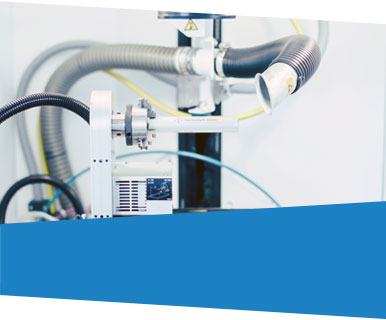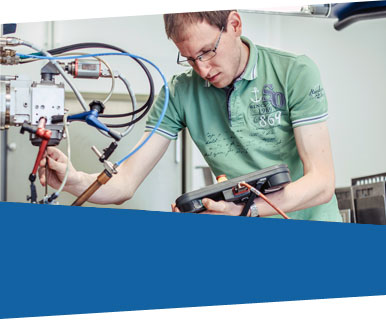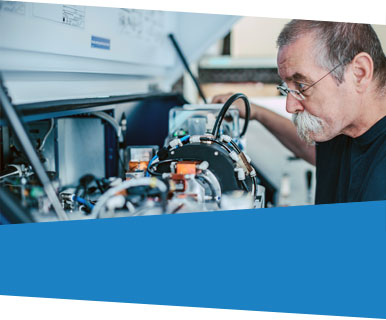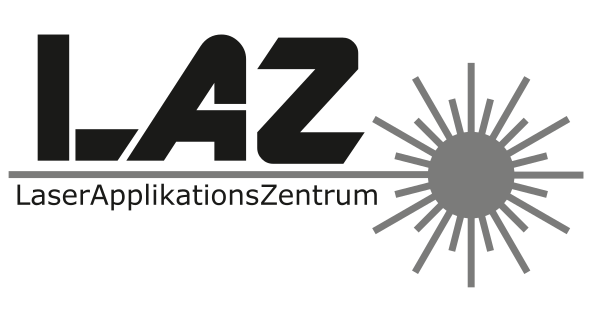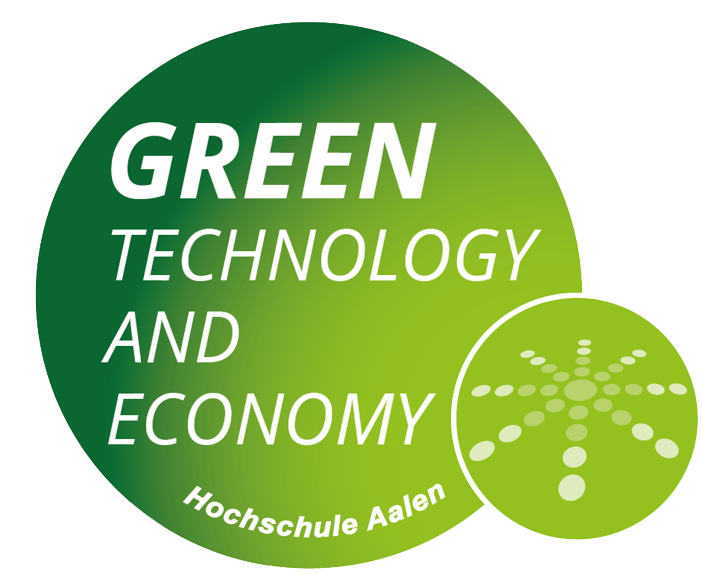The LaserApplicationCenter (LAZ) is affiliated to the study program Mechanical Engineering Production and Management and is part of the Center for Optical Technologies (ZOT). The cooperation within the university with other centers and institutes creates enormous synergies. Joint research topics in the fields of materials research, surface technology, FEM simulation, foundry technology, optical technologies and energy-efficient production are dealt with. Examples are the laser pretreatment of surfaces for joining hybrid material pairings (cooperation project with IMFAA) or the generation of hybrid surfaces with topologically optimized properties (cooperation project with FINO).
For us, the laser is a fascinating tool with boundless potential and a special appeal. We focus on laser material processing. At the LAZ we use powerful lasers to research advanced processes with innovative materials. Our research work has two main focuses: laser material processing of innovative materials and new processes of laser material processing.
The innovative materials are also used in the field of lightweight construction. Examples are the hybrid joining of mixed metallic compounds, the laser machining processes for the composite material of hollow sphere structures and the laser welding of die-cast aluminium.
The new processes are the laser polishing or laser smoothing of steel or aluminium surfaces (in combination with surface layer hardening and subsequent tempering for steel), the high-temperature capillary gap brazing of steel tubes for permanently loadable, vibration-resistant joints and the targeted modification of surface properties by different laser processing methods.
The LaserApplicationCenter (LAZ) is modernly equipped, with a powerful 4 kW disk laser (Trumpf TLD-4002), with two single-mode fiber lasers with up to 1 kW laser power, three pulsed solid-state lasers in the ms- and µs range and two pulsed fiber lasers in the ns range for micromachining. The beam sources supply 4 processing cells, including two 5-axis laser processing cells (Trumpf TLC 1005 and TLC 40) and a robotic cell with two 6-axis industrial robots and an additional axis. For process monitoring and quality assurance, modern measuring instruments for laser power, beam caustics, residual oxygen content and non-contact temperature measurement and control (pyrometry) and process analysis (high-speed thermal imaging camera) are available. The workpiece temperature can thus be controlled online with the pyrometer during hardening, tempering or soldering, for example.

